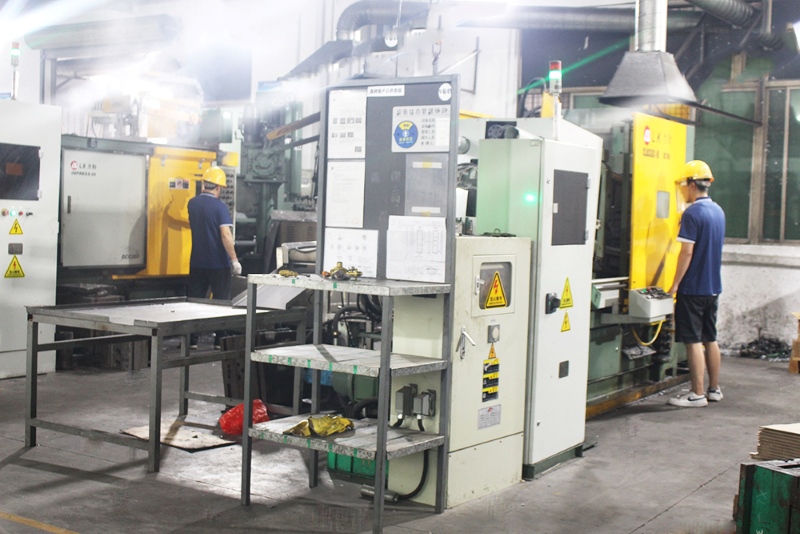Light metals are used to cast complex, safety-critical components in automotive, electronics and aerospace. It also provides cost-effective production options for simple parts, from lighting components to kitchen tools. The three most common techniques for producing light alloy castings are: high-pressure die casting, gravity casting and low-pressure casting. Each technology can also support permanent and semi-permanent die casting processes.
High pressure die casting
In the high-pressure die casting process, molten metal or metal alloy is injected into a mold at high speed and pressure. Horizontal high-pressure die-casting machines ensure complete mold closure. These are rated based on the mold clamping force they can exert. Depending on the metal used, the injection unit that fills the mold can be a hot chamber or a cold chamber. In hot chamber die casting, the metal remains inside the die casting machine and is then drawn into the chamber by an injection piston and pressed into the mold. These parts of the equipment are in constant contact with molten metal. In the cold chamber process, the metal is first melted in a separate furnace and transferred to a holding furnace before being poured into the injection chamber and injected into the mold.
Gravity casting
Gravity casting is one of the first processes invented for die casting of metals and light alloys. In this process, which can be fully automated, molten metal is poured directly from the ladle into a semi-permanent or permanent mold. The goal is to fill the mold with minimal turbulence through one or more channels and to reduce oxidation and bubbling. This minimizes porosity and inclusions, providing optimal metal properties in the final casting. Gravity casting equipment can have vertical or horizontal mold openings, or tilt technology tilting 0/90° or 0/120° offers alternatives. With tilt die casting, the metal flow at the mold entrance is controlled by the tilt angle and speed of the mold.
Low pressure casting
In low-pressure casting, the mold is filled with metal from a pressurized furnace, usually at a pressure of about 0.7 bar. The holding furnace is located in the lower part of the vertical die casting machine, and the molten metal is injected directly upward into the bottom of the mold. The pressure holds the metal in the mold until it solidifies.


